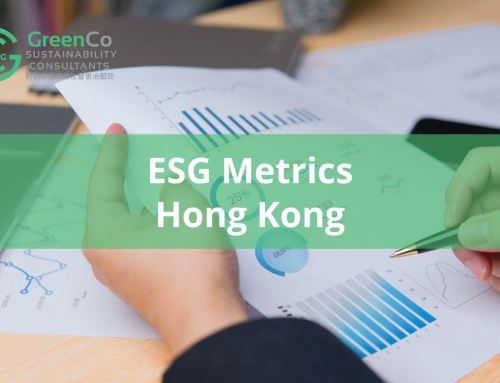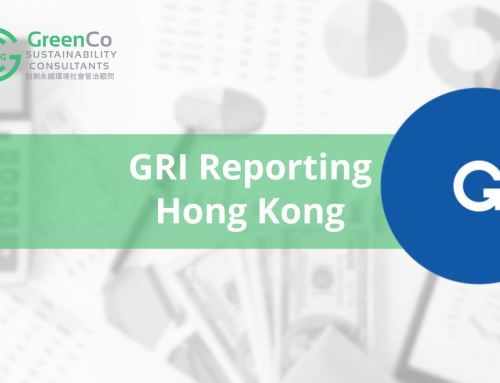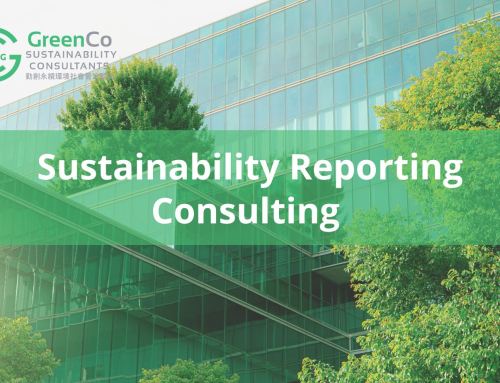Carbon Footprint Reporting in Hong Kong
As the urgency to combat climate change intensifies, accurate carbon footprint reporting has become essential for organizations across Hong Kong. Businesses, governments, and individuals alike are seeking to understand and reduce their greenhouse gas (GHG) emissions to promote sustainability and resilience.
Understanding Carbon Footprint
A carbon footprint is the total amount of GHG emissions, primarily carbon dioxide (CO₂) and other greenhouse gases, generated directly or indirectly by an entity throughout its lifecycle. Typically expressed in carbon dioxide equivalent (CO₂e), this measure allows for the aggregation of various gases based on their global warming potential. Whether calculated for an individual, a company, or a product, the carbon footprint offers critical insights into the impact of human activities on climate change.
Key Elements of Carbon Footprint Reporting
Carbon footprint reporting involves assessing multiple sources of emissions and is structured around three major categories:
- Direct Emissions (Scope 1):
These emissions stem from sources owned or controlled by the reporting entity. Examples include fossil fuel combustion in on-site heating systems, company vehicles, and industrial processes. Tracking Scope 1 emissions is crucial, as they are often the most straightforward to quantify. - Indirect Emissions from Purchased Energy (Scope 2):
These are the emissions generated during the production of purchased electricity, steam, heating, or cooling. Although not produced on-site, Scope 2 emissions are directly linked to the organization’s energy consumption patterns and are significant for energy-intensive businesses. - Other Indirect Emissions (Scope 3):
Encompassing all other indirect emissions, Scope 3 includes a wide range of activities—from upstream emissions such as raw material sourcing and transportation to downstream emissions from product usage and disposal. For many companies, Scope 3 can contribute to 70% or more of the total carbon footprint, making its accurate accounting both critical and challenging.
Calculating the Carbon Footprint
Determining an accurate carbon footprint requires a comprehensive analysis of various factors, including energy consumption, transportation, waste management, and production processes. The calculation involves:
- Collecting data on fuel usage, electricity consumption, and other energy inputs.
- Assessing emissions from the entire lifecycle of goods and services, from extraction to disposal.
- Applying standardized emissions factors to convert activity data into CO₂e.
- Utilizing digital tools and specialized carbon accounting software to streamline data collection and ensure consistency in reporting.
Challenges in Scope 3 Emissions Accounting
While Scope 1 and Scope 2 emissions are relatively straightforward, Scope 3 presents unique challenges:
- Data Availability and Methodology:
The diverse activities and multiple stakeholders involved in Scope 3 emissions make data collection complex. Varying methodologies and inconsistent supplier data can hinder accurate assessment. - Supplier Engagement:
Effectively engaging suppliers and integrating their data into the overall reporting process is essential. Establishing clear communication channels and standardizing reporting practices across the supply chain are critical steps. - Industry-Specific Considerations:
Different industries face unique Scope 3 challenges. For instance, manufacturing companies often focus on emissions related to raw material sourcing, while service-based industries might prioritize business travel and employee commuting.
Industry Benchmarking and Strategic Insights
Benchmarking against industry peers can offer valuable insights into material emission categories and best practices. ESG consulting firms, like GreenCo, assist companies by:
- Conducting peer benchmarking to identify emission-intensive areas.
- Customizing data collection tools tailored to the unique operational models of different industries.
- Advising on the most relevant calculation methodologies recommended by global frameworks such as the GHG Protocol.
Strategies for Reducing the Carbon Footprint
Reducing a carbon footprint is not just about compliance—it also delivers tangible business benefits. Effective strategies include:
- Energy Efficiency Improvements:
Implementing energy-saving measures across operations can significantly reduce both direct and indirect emissions. - Transitioning to Renewable Energy:
Shifting from fossil fuels to renewable energy sources reduces Scope 2 emissions and demonstrates a commitment to sustainable practices. - Sustainable Transportation Options:
Encouraging the use of public transportation, carpooling, or electric vehicles can lower emissions related to employee travel. - Eco-friendly Manufacturing and Waste Management:
Optimizing production processes and enhancing recycling and waste reduction practices contribute to overall emission reductions. - Setting Science-Based Targets:
Establishing clear, science-based emission reduction targets helps organizations track progress and align their strategies with global climate goals.
Role of GreenCo in Carbon Footprint Reporting
GreenCo is a leading ESG consulting firm in Hong Kong, dedicated to simplifying the complexities of carbon footprint reporting for organizations. GreenCo offers a suite of specialized services that include:
- Comprehensive GHG Emissions Accounting: Covering all emission scopes, with a strong emphasis on addressing the intricate challenges associated with Scope 3 emissions.
- Tailored Data Collection & Analysis: Delivering customized solutions to ensure high-quality, reliable reporting that meets regulatory and stakeholder demands.
- Actionable Insights & Strategic Guidance: Integrating carbon management into broader sustainability frameworks to help organizations make informed decisions and set clear emission reduction goals.
- Science-Based Target Setting & Supplier Engagement: Assisting companies in establishing ambitious yet achievable targets and developing robust supplier programs for long-term emission reductions.
Carbon footprint reporting in Hong Kong is a multifaceted process that not only supports regulatory compliance but also drives meaningful climate action. By accurately quantifying emissions across Scope 1, 2, and 3, organizations can identify reduction opportunities, boost operational efficiency, and establish themselves as leaders in sustainability. With GreenCo’s expert guidance, businesses can effectively navigate the challenges of carbon reporting, ultimately contributing to a more sustainable and resilient future for the region and beyond.
Embracing a comprehensive approach to carbon footprint reporting not only mitigates climate risks but also unlocks new opportunities for growth, innovation, and competitive advantage in Hong Kong’s evolving green economy.






